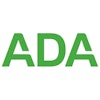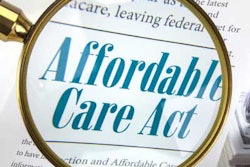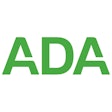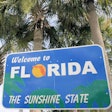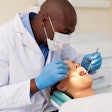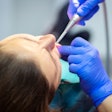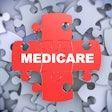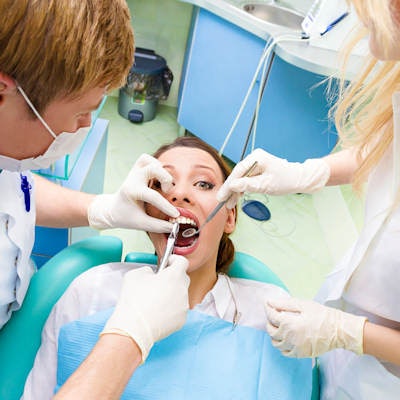
About 1 in 5 working-age adults in the U.S. skip needed dental care each year, according to data from the ADA Health Policy Institute (HPI). This amounts to nearly 48 million adults who delay or forgo dental care, often for financial reasons.
The relatively high number of adults who skip needed care is despite a recent increase in the percentage of Americans with dental insurance. It's now safe to say this trend is just a new normal for dentistry, according to HPI Vice President Marko Vujicic, PhD, co-author of the research brief ("Main Barriers to Getting Needed Dental All Relate to Affordability," revised August 2019).
"This is a new normal. The data bear this out," Vujicic told DrBicuspid.com. "While we have seen some bounce-back in low-income adults visiting the dentist in states with expanded Medicaid eligibility and comprehensive dental benefits in Medicaid, overall utilization among adults continues trending down."
For their research, Vujicic and lead study author Niodita Gupta, MD, MPH, PhD, used data from the 2013-2014 and 2015-2016 National Health and Nutrition Examination Surveys (NHANES). The surveys, which each included about 10,000 participants, are designed to provide nationally representative data about the health status of children and adults in the U.S.
During the survey years, 1 out of 5 working-age adults indicated they needed dental care but did not obtain it in the past 12 months. The percentage was higher for adults than for children (4%) and seniors (11%).
"There is a well-established empirical evidence base demonstrating that perceived affordability is a major barrier to dental care for adults," Vujicic said. "What this research also shows, convincingly, is how different the situation is for children and here is where I think there are important lessons learned."
Vujicic added that recent public policies have expanded dental coverage for children, including mandated coverage through Medicaid, the Children's Health Insurance Program, and the Patient Protection and Affordable Care Act. The regulations are structured to provide comprehensive dental benefits with little or no cost-sharing, he noted.
"This policy approach has led to significant improvements in access to dental care for children and oral health outcomes, particularly for low-income and minority children," he said. "For adults and seniors, the trends reflect how different federal and state policy is when it comes to dental care for these groups."
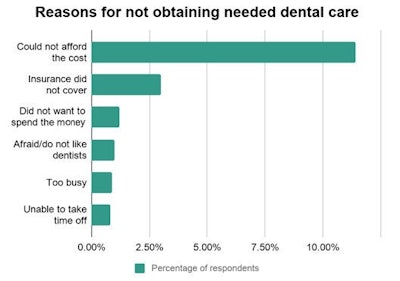
Respondents most frequently cited financial reasons for not obtaining needed dental care, including not being able to afford the cost and insurance not covering a procedure. Nonfinancial reasons for skipping needed care, including being afraid or too busy, were cited less often.
Low-income working-age adults, high-income working-age adults, and low-income seniors were the three demographic groups most likely to report financial barriers to dental care. The same three groups were also more likely to cite nonfinancial barriers to care.
One of the reasons behind the findings could be that more than a quarter of working adults don't have dental benefits, the authors noted. The average adult spent $310 out of pocket on dental care, an amount that can be prohibitive for some people.
"Significantly more people lack dental insurance than medical insurance," Vujicic said. "Rightly or wrongly, this has a major influence on perceived affordability. Even those with dental insurance rate 'cost' as the No. 1 barrier to dental care, and this has a lot to do with dental insurance design."
The authors noted that the NHANES data had a fixed set of responses that did not include some insurance-specific problems, such as not finding a dentist that accepted a person's insurance or exceeding an insurance plan's annual maximum. Nevertheless, the results suggest that cost is a key barrier to dental care among both high- and low-income working-age adults.
"Financial reasons, such as 'could not afford the cost,' 'insurance did not cover procedures,' and 'did not want to spend the money' were the top three barriers cited for not obtaining needed dental care," the authors wrote. "Respondents less frequently cited nonfinancial barriers such as 'afraid or do not like dentists,' 'dental office is too far away,' or 'too busy.' "



